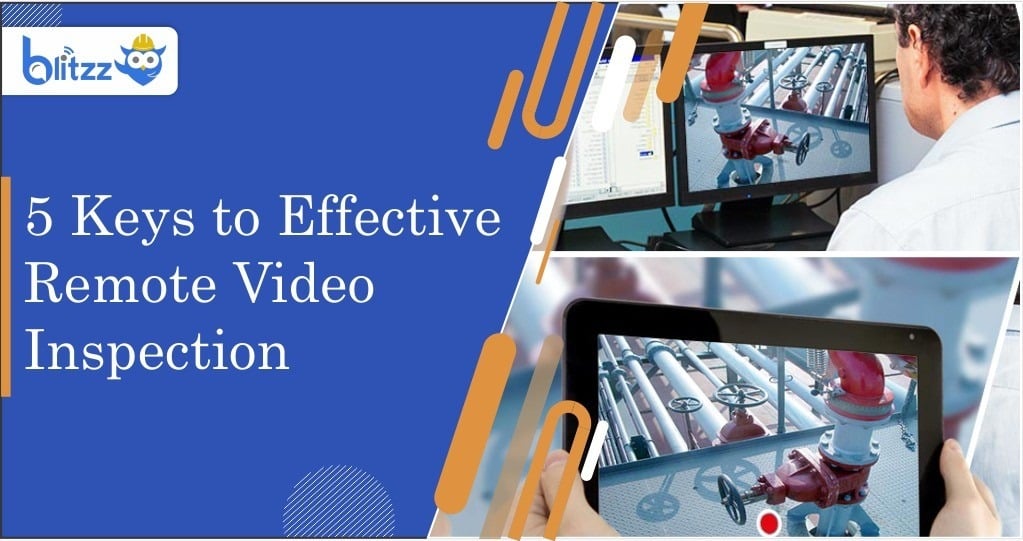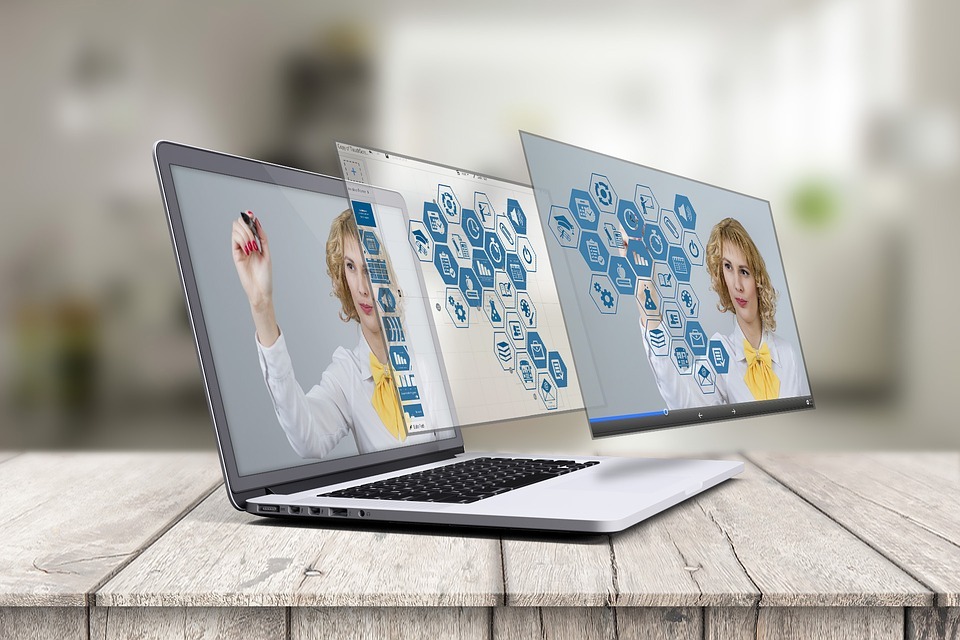Telemedicine: Wearables in Healthcare
What You Didn’t Know About the History of Telemedicine
Though it has recently become more popular than ever, telemedicine has actually been around for over 100 years. Healthcare on demand has been around since doctors rode out in a horse and buggy to help people that had fallen ill at home. After all, no one decides to get injured or urgently sick after doctor’s hours, but it happens. Patients today expect quick access to their doctors, and telemedicine makes it easier to accommodate them using advanced technology.
Ancient History of Telemedicine
Today, nearly everyone has a cell phone in their pocket at all times. Communications were much more difficult in years past. The first long-distance medium was the telegraph, and it allowed people at great distances and even internationally to contact one another. After Alexander Graham Bell patented the telephone and made the first call in 1876, telecommunications changed drastically. By 1910 nearly six million phones were in use and the telegraph was obsolete.
Still, it wasn’t until the radio became prominent that telemedicine started to be seriously considered because of its widespread use in the military and wire-free connections. In the early 20th century, people in remote Australian villages were able to communicate with doctors hundreds of miles away using a two-way radio powered by a bicycle, just like on the old TV show Gilligan’s Island. Quickly, innovators attempted to fine tune the process whereby doctors could “see” their patients via radio waves. And, in 1924 a magazine called Radio News predicted video calling and discussed the possibilities for the future of telemedicine.
Changes in Telemedicine Through the Years
In Pennsylvania in the 1940s, radiology images were sent by telephone line 24 miles away to the next township, which we now see as the first example of an electronic medical record transfer. In the 1950’s Canada, doctors built a tele-radiology system in Montreal for the same purpose, and these practices became widespread. Of course, film technology was advancing at the same time, and serious thoughts of video medicine were considered. Clinicians at the University of Nebraska were the first to use video communication for medical reasons. They set up a two-way television system and transmitted information to medical students across the campus and in 1964, they linked to a state hospital and were able to perform video consultations.
Another of the first clinics exclusively set up for telemedicine was founded in 1967 at Massachusetts General Hospital. This clinic was tasked with delivering emergency and occupational health services to travelers and employees at Boston Logan International Airport. Though just three miles away, the traffic and congestion made the commute difficult and time-consuming. More than 1000 patients received treatment through this telemedicine clinic, with doctors having audiovisual microwave circuits to physically see and hear them.
Around the same time the MGH clinic was running, NASA was delving into telemedicine so that it could monitor its astronaut’s physiology, even while they flew around the globe. Also around the same time, telemedicine healthcare services were being created to help those people that lived in remote and rural areas.
In 1989, a truly interactive telemedicine system that worked with standard phone lines was designed by an American company, MedPhone Corporation. It aimed to remotely see, diagnose and treat patients that required defibrillation. The next year, the company introduced a mobile cellular version called the MDPhone that connected with twelve US hospitals.
Telemedicine Today
Telemedicine has come a long way, and its use has grown as it has become more reliable, inexpensive, and convenient for both medical professionals and patients. For patients in rural areas that don’t have easy access to local doctors, tele-health fits the bill perfectly. Still, those in urban areas are increasingly taking advantage
of the ease and convenience of telemedicine as well. Today, telemedicine is broken down into three main categories:
- Store and forward: This aspect involves medical data like images and other testing results to be transmitted to a doctor or other medical professional. X-rays, MRIs, pathology testing are all examples where a patient might go to a remote site and have their results sent back to their physician for diagnosis and treatment.
- Remote monitoring: This aspect of telemedicine is useful for self-monitoring certain conditions such as high blood pressure. Other chronic illnesses, such as heart disease, asthma, and diabetes are also monitored remotely by doctors and other medical pros. This type of monitoring and treatment plan is typically equivalent to in-person visits. Further, patient satisfaction is good and it is more cost-effective.
- Real-time interactive: Face to face consultations can now be conducted simply and remotely via cellphone connections. Interactive telemedicine services allow real-time interaction between the patient and care provider through the use of video conferencing technology. It can be used in a wide range of medical areas for management, diagnosis, monitoring, and counseling of patients.
The best telemedicine software for a medical practice is that which is reliable, durable, and easy to use. To easily add telemedicine to your practice, contact Blitzz and get up and running today. Your patients will love it, and chances are, you will too.



